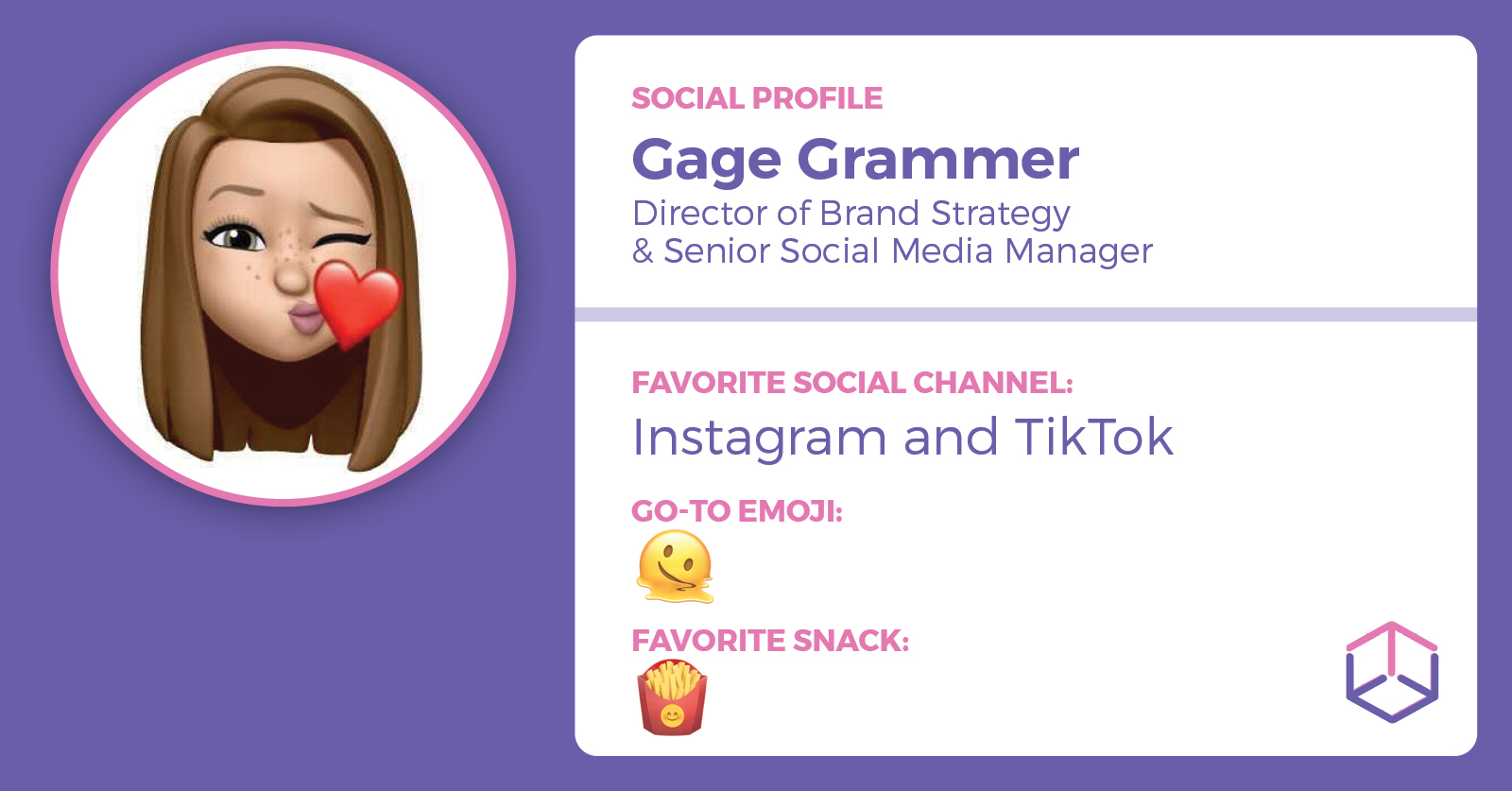Why Your Brand Needs a Social Messaging Guide
Throughout my career in social media, I’ve been the voice of many brands and individuals across a multitude of industries. And, no surprise, they all have their own unique voice that connects them to their content, their audience and their business as a whole. But how did I manage to change my voice to fit the needs of the client or customer? Through studying, training and, more importantly, a social media messaging guide.
What exactly is a social media messaging guide? It’s your holy grail to the voice, tone, language, hashtags, etc. of your verbal brand identity on social media. This is a critical document to have on hand to ensure there’s consistency across all of your messaging, no matter who is writing or engaging with the audience. This is especially critical as social teams expand and/or team members leave for new opportunities.
But, what if your brand doesn’t have one? What if your brand “sounds” like your leadership or the individual that’s posting at that time? These are great questions, and I would say, take on the task of making one yourself — it’s difficult to connect with a brand when the voice is constantly changing.
So, where do you start? I’d recommend putting together a list of questions to help YOU better understand the brand. Here are a few to get you started:
- What are the values of the business?
- How would your leadership team describe your company?
- What are the goals for the brand social media channels?
- How would you describe your company culture?
- Is there opportunity for humor in your social media?
- How do you engage with your clients or customers?
- What are your brand colors and what do they mean?
The answers to these questions should provide a great stepping stone in exploring how the brand should, or could, sound on social media. I would also highlight the words that are being mentioned multiple times to describe the business, as that will also lead the voice in the right direction.
Now, onto building your brand messaging guide!
I’d start out with the purpose of the guide — that way it’s front and center — sharing why this was made, who this is for and why it’s important to stick to the structure of the brand voice. Then, I’d break up the guide by focus (voice, tone, numbers, capitalization, punctuation, hashtags etc.) and by channel (Twitter, LinkedIn, Instagram, Facebook, TikTok, etc.) because, as we all know, something that works on one channel doesn’t work on another — and your audiences will not be the same. It might also be helpful to include special event cases in your guide when it comes to a negative situation, customer service, events and more.
Once you have a majority of your guide put together, I’d then send it around to a small group of people that are involved in any part of the brand’s social media to make sure that you’re not missing something and that you’re all aligned on the verbiage. When you get the green light from your team, I’d go back and review again — this always helps me because I always get random bursts of inspiration or ideas once I see how others agree or disagree on certain aspects of a project.
Finally, go through the guide and add examples where you can. And when I say examples, I specifically mean examples of what “good” looks like for your brand and what “bad” looks like. Why? Because everyone intakes information differently, and by sharing examples, you’re giving someone a visual they can refer to in order to SEE the difference.
It’s a large project to take on and it’s a lot of work, but in the end it’s so worth it!



